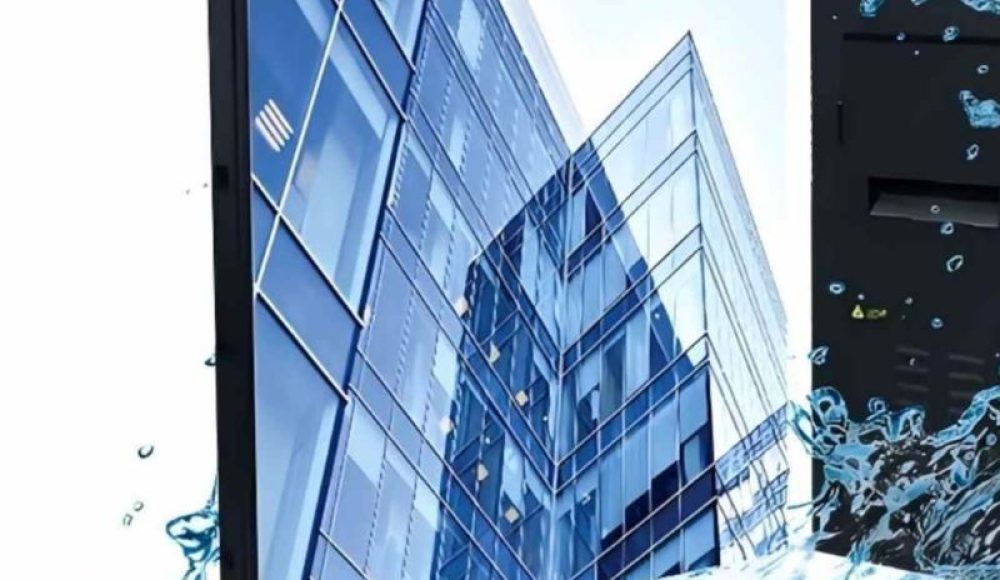In 2024, LED digital displays continue to evolve rapidly, integrating innovative technologies that meet the growing demands of businesses and consumers. These advancements focus on improving the quality, efficiency, and versatility of displays, offering even more dynamic solutions for advertising, entertainment, and information sharing. In this article, we will explore the key technological breakthroughs and trends that are shaping the future of LED digital displays.
1. Higher Resolution for Enhanced Visuals
One of the most significant developments in LED digital displays is the push towards higher resolution. As technology advances, displays are becoming capable of delivering clearer and more detailed images. This trend is particularly important in sectors such as advertising, retail, and live events, where clarity and visual appeal are crucial. With the introduction of 4K and even 8K LED displays, businesses can offer their customers an immersive viewing experience that was once reserved for high-end installations.
2. Energy-Efficient Designs
Energy consumption has always been a concern for large-scale digital displays. However, LED digital displays are now benefiting from energy-efficient designs that reduce operational costs and environmental impact. Newer models feature advanced power management technologies, such as smart dimming and adaptive brightness control, which allow the display to adjust its energy usage based on ambient light conditions. This not only saves energy but also prolongs the lifespan of the display.
Moreover, energy-saving innovations such as OLED and microLED technology are making flexible LED displays even more eco-friendly. These technologies offer greater energy efficiency while still maintaining the high-quality visuals and brightness levels that businesses require.
3. Flexible and Modular Installation Methods
In the past, LED digital displays were often limited by rigid installation formats. However, with the advent of modular and flexible designs, the installation possibilities for flexible LED displays have expanded. Today, displays can be customized to fit various spaces, from small retail shops to large outdoor advertising boards. The modular design allows businesses to create unique configurations that perfectly match their branding or display needs.
Flexible installation methods are also making it easier to integrate LED digital displays into non-traditional locations. For example, digital screens can now be installed in curved or irregular spaces, such as stadiums, shopping malls, and even public transportation systems. This flexibility opens up new opportunities for businesses to engage their customers in innovative ways.
4. Enhanced Durability and Outdoor Capabilities
As the demand for outdoor flexible LED displays grows, manufacturers are increasingly focusing on improving the durability of these screens. Outdoor digital displays used in outdoor environments must withstand various weather conditions, including rain, wind, and extreme temperatures. In response, newer models feature enhanced weatherproofing, better heat dissipation systems, and more robust enclosures to ensure long-lasting performance.
Additionally, these outdoor displays are now more resistant to UV damage, making them more reliable and cost-effective over time. This durability trend is essential for businesses looking to invest in LED digital displays for billboards, transportation hubs, and other public-facing applications.
5. AI and Smart Integration
Artificial Intelligence (AI) and smart integration are becoming key components of LED digital displays in 2024. By incorporating AI, these displays can adapt to their environment, providing more personalized and relevant content to viewers. For example, AI-powered displays can analyze foot traffic, weather patterns, or consumer behavior to adjust content in real time.
Furthermore, LED digital displays are increasingly being integrated into smart cities and IoT networks. This connectivity allows displays to communicate with other digital infrastructure, such as sensors and data analytics platforms, enhancing their overall functionality and efficiency.
6. Interactive and Touchscreen Features
Interactive LED digital displays are gaining popularity, particularly in retail, education, and hospitality industries. Touchscreen technology allows users to engage with the display directly, offering a more immersive experience. For instance, in retail, customers can interact with the screen to explore products, access promotions, or make purchases.
This interactivity is made possible by advances in touch technology, which enables precise responses and seamless user experiences. As consumers continue to expect more interactive experiences, businesses are increasingly turning to LED digital displays with integrated touch capabilities.
7. 5G Integration and Real-Time Content Delivery
With the rollout of 5G networks, LED digital displays are set to benefit from faster data speeds and more reliable real-time content delivery. This integration will allow for smoother video streaming, live updates, and interactive content without delays or interruptions. Whether it’s for live events, digital signage, or advertising, 5G-enabled digital displays will allow businesses to deliver high-quality, real-time content to their audiences.
The Future of LED Digital Displays
In 2024, LED digital displays are pushing the boundaries of what is possible in terms of resolution, energy efficiency, flexibility, and interactivity. As businesses continue to adopt these advanced technologies, the potential applications for digital displays will only grow, providing exciting new opportunities for brand engagement and customer interaction.
At TOPLED, we are at the forefront of these developments, offering state-of-the-art LED digital displays that meet the ever-changing demands of modern businesses. Whether you’re looking for high-resolution displays, energy-efficient solutions, or flexible installation options, we provide the cutting-edge technology you need to stay ahead in the digital display market.




